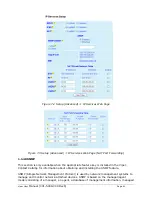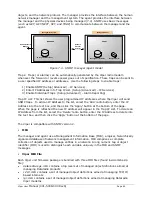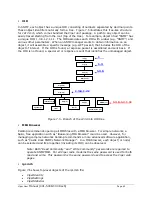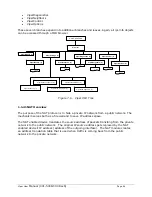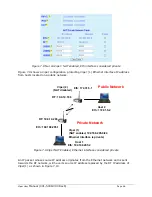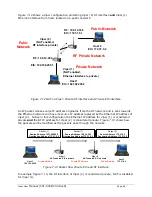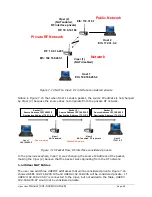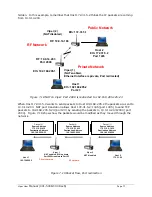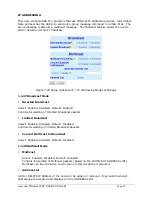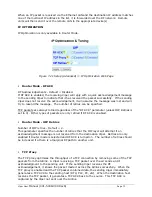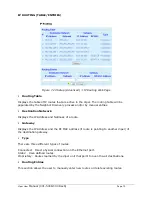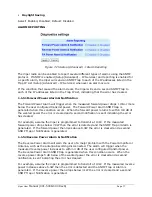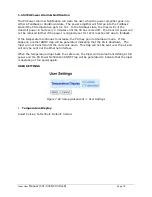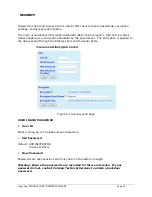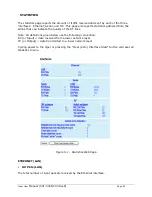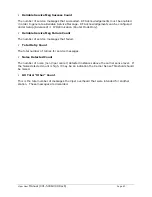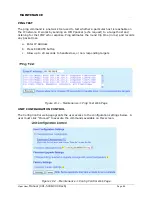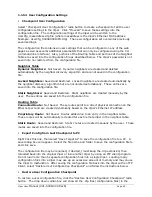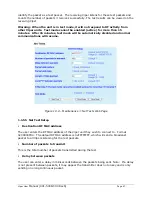
Viper User
Manual (001-5008-000 Rev6)
Page
73
When an IP packet is received via the Ethernet LAN and the destination IP address matches
one of the multicast IP address in the list, it is forwarded over the RF network. Remote
units will then send it over the remote LAN to the appropriate device(s).
IP OPTIMIZATION
IP Optimization is only available in Router Mode.
Figure 7.21 Setup (Advanced)
D
IP Optimization Web Page
Router Mode - RF ACK
RF Acknowledgements - Default = Disabled.
If RF ACK is enabled, the receiving Viper will reply with a quick acknowledgement message
to the sending Viper to indicate that it has received the packet successfully. If the sending
Viper does not receive the acknowledgement, it will assume the message was lost and will
try to resend the message. The number of retries can be specified.
TCP packets are always retried regardless of the "RF ACK" parameter (unless OIP Retries is
set to 0). Other types of packets are only retried if RF ACK is enabled.
Router Mode - OIP Retries
Number of OIP retries - Default = 2.
This parameter specifies the number of retries that the OIP layer will attempt if an
acknowledgement message is not received from the destination Viper. Retries are only
enabled if Router mode is selected and RF ACK is turned on. The number of retries should
be increased if a there is a marginal RF path to another unit.
TCP Proxy
The TCP proxy optimizes the throughput of a TCP connection by removing some of the TCP
packets from the Airlink. A Viper receiving a TCP packet over the air sends an RF
acknowledgment to the sending unit. If the sending Viper receives the RF
acknowledgement, it knows the packet made it across the Airlink successfully. When the
TCP proxy is enabled and the TCP packet contained data, the sending Viper immediately
generates a TCP ACK to the sending host (RTU, PLC, PC, etc). When the destination host
receives the TCP packet, it generates a TCP ACK back to the source. This TCP ACK is
captured by the Viper not sent over the Airlink.



